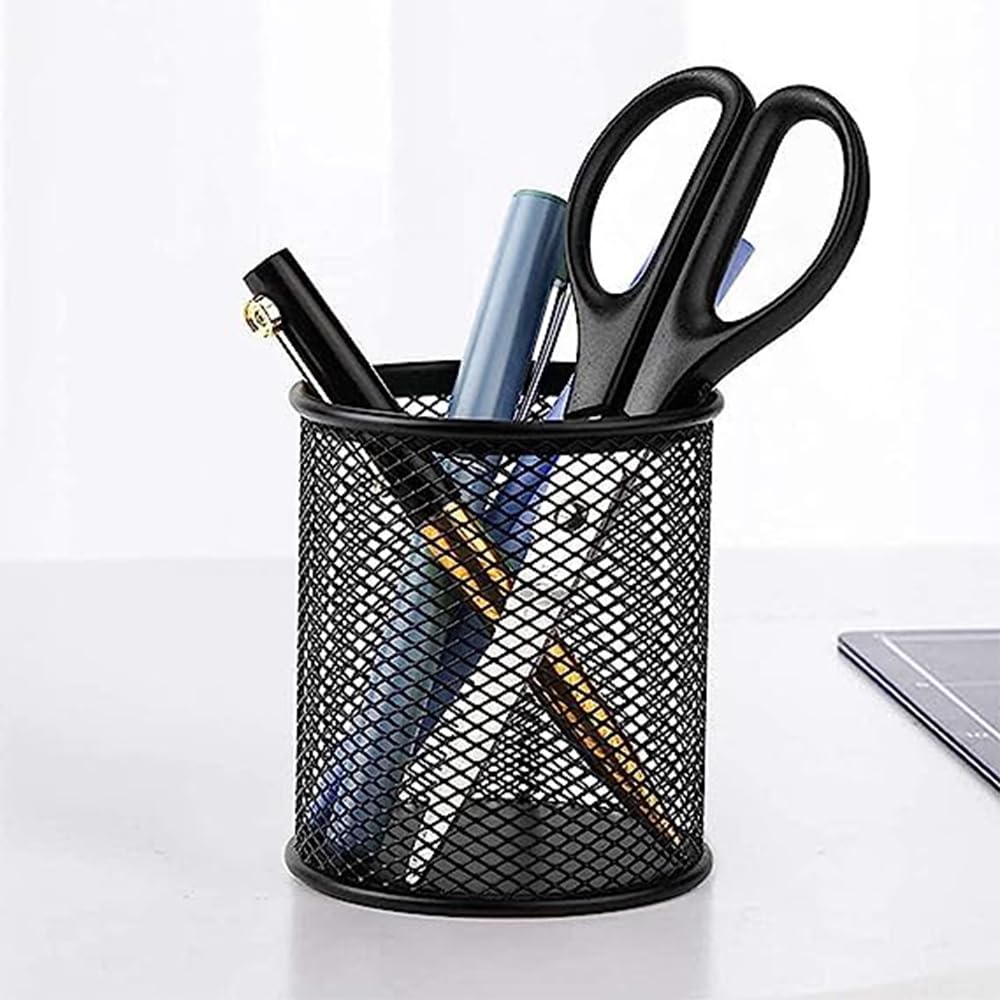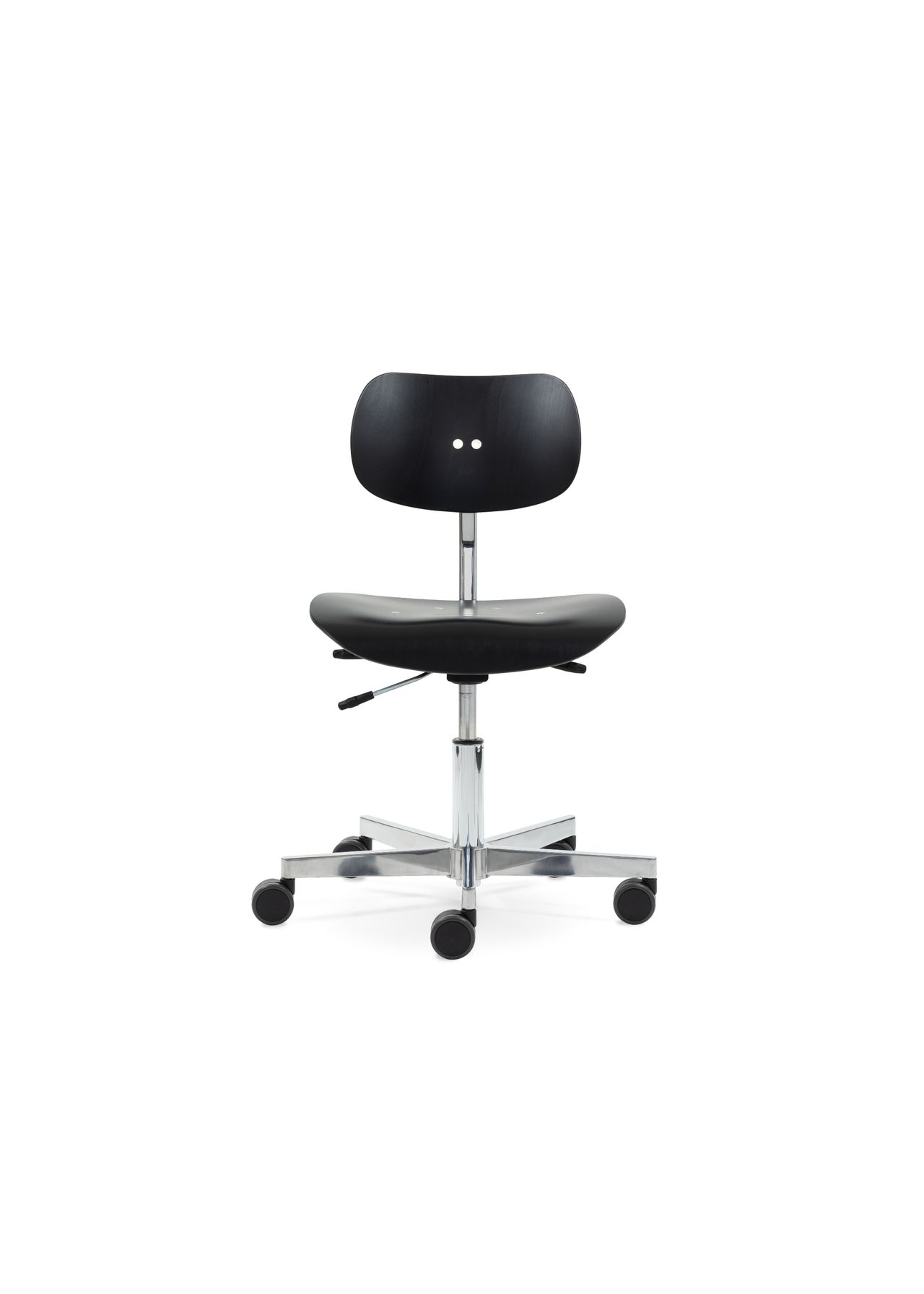
Introduction
The office environment has undergone significant transformation in recent years, especially accelerated by the COVID-19 pandemic. Understanding the evolution of the modern office is crucial as it shapes work culture, productivity, and the well-being of employees.
Changes in Office Design
Traditional office designs that emphasised rigid cubicles have shifted towards open-plan layouts. According to a 2023 survey by Steelcase, 76% of employees stated that modern, collaborative spaces boost their productivity. The trend showcases a preference for flexible workspaces that encourage teamwork and creativity.
The Rise of Hybrid Work Models
The pandemic prompted many organisations to experiment with hybrid work models, blending remote work with in-office presence. A report published by McKinsey in October 2023 indicated that 58% of UK employees would prefer a mix of both formats moving forward. Companies are now adapting their office spaces to provide facilities that accommodate working from home, such as advanced technology and more collaboration areas.
Impact of Technology
Technology continues to play a crucial role in redefining office spaces. Innovations such as cloud computing, virtual collaboration tools, and integrated communication platforms have made remote work more feasible. A recent study by Gartner highlighted that 80% of the workforce would like to have technology that promotes seamless communication, regardless of location. As a result, offices are being designed with powerful tech infrastructure to support hybrid and remote settings.
Health and Well-being Considerations
The well-being of employees has become a priority in office design. Features such as improved air quality, natural lighting, and biophilic design (integrating nature into the workplace) are now standard in many office spaces. A 2023 Global Workplace Survey indicated that offices that prioritise health and wellness saw a 20% increase in employee satisfaction and retention.
Conclusion
The modern office is evolving into a space that values flexibility, technology, and wellness. As companies adapt to the changing demands of their workforce, it is clear that a one-size-fits-all approach is no longer viable. Future workplaces must embrace innovation and adaptability to foster a productive and healthy environment. For employees and employers alike, these transformations signal a profound shift in how work will be approached in the years to come.
You may also like

The Influence of Mike Tapp in Technology and Business

The Evolution of the Office Workspace in 2023
